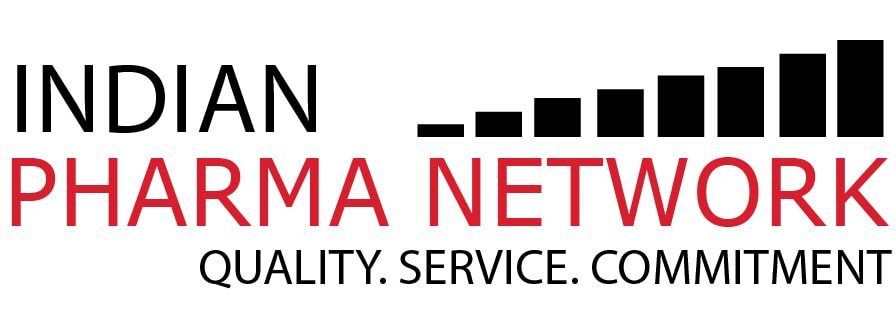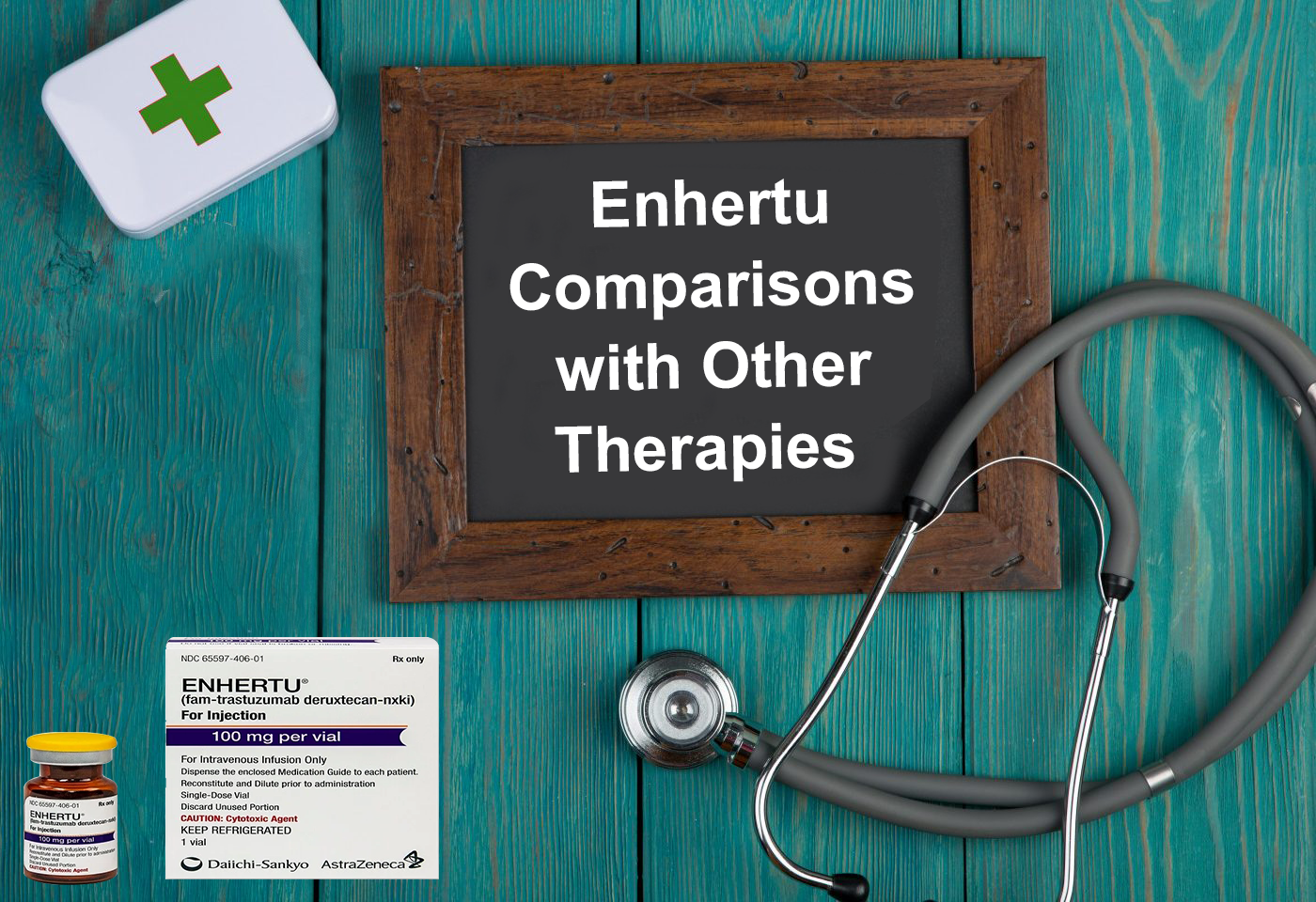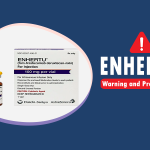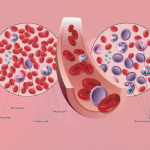Nearly 20% of breast cancers are HER2+, meaning the malignant cells have too much HER2 protein on their roof. As a first therapeutic option, patients usually take trastuzumab (Herceptin) and pertuzumab (Perjeta), both moAbs/mAbs that target the HER2 protein, as well as a taxane, a sort of chemotherapy. When HER2+ breast cancers come back (again) or progress, they can be hard to treat. Researchers are trying to address the problem by developing other therapies.
ADCs represent one hopeful approach. They use a linking compound to attach molecules of a strong chemo drug to trastuzumab (Herceptin) so the two therapies can target HER2+ malignant cells together. The FDA has approved 2 ADCs for metastatic HER2+ breast cancer that progresses following first-line treatment: ado-trastuzumab emtansine, or T-DM1 (Kadcyla) in 2013, and fam-trastuzumab deruxtecan-nxki, or T-DXd (Enhertu), which received accelerated approval in 2019. Kadcyla has been a well-known second-line treatment since 2013.
DESTINY-Breast03, the first phase III randomized trial to compare these two therapies as second-line treatments, demonstrated that Enhertu offers a meaningful advantage over Kadcyla in ORR and PFS, regardless of the status of hormone receptors, before treatment, and organ or brain metastases. Across all patient subgroups, 67 percent to over 75 percent had an ORR to Enhertu.
In the trial, a total of 524 patients with metastatic or unresectable locally advanced HER2+ breast cancer included those whose diseases had progressed during first-line treatment or within 6 months after finishing it.
On behalf of data collected through May 2021, the ORR for Enhertu was more than twice as greater as that for Kadcyla: 79.7% vs 34.2%. For those without brain metastases, 12-month PFS was 76.5% for the Enhertu population and 37.4% for the population with Kadcyla. For patients with brain metastases, 12 month PFS was 72% and 20%, respectively.
The impact of Enhertu on disease burden in the brain was also surprising: over 63% of patients had a partial or complete response there. The response rate was 33.4% for those with Kadcyla.
Conclusion:
Trastuzumab deruxtecan (Enhertu) is one of a class of treatments known as ADCs, which is designed to attach monoclonal antibodies to malignant cells with a “linker” to have an intense focused, and striking effect on cancer. It was developed collaboratively by Daiichi Sankyo and AZ. With its significant target mechanism, the medicine was granted various designations for its expedited approval in different places for cancer management.
Additionally, the medicine has now received approval for 3 distinct tumor types, which mainly highlights its competent potential for use in different HER2-targetable tumors.
Apart from these, Enhertu medication is under development which includes Phase-II development for HER2 expressing advanced colorectal cancer, metastatic non-squamous HER2 overexpressing or HER2 mutated NSCLC, and, Phase-I development in conjunction with drug nivolumab for HER2 expressing metastatic bladder and breast cancer.
Reference:
https://www.cancer.gov/news-events/cancer-currents-blog/2021/enhertu-her2-metastatic-breast-cancer https://www.astrazeneca.com/media-centre/press-releases/2022/enhertu-improves-pfs-and-os-in-her2-low-bc.html






